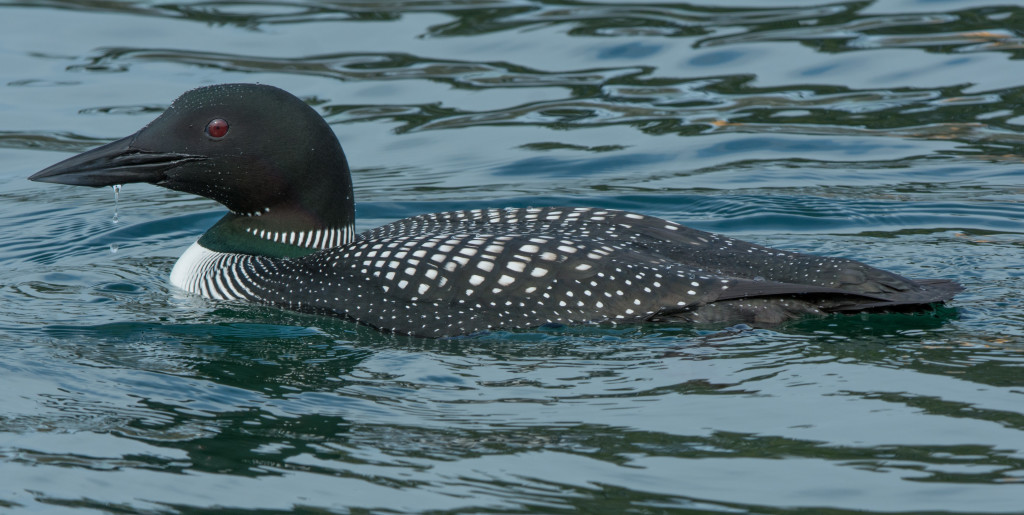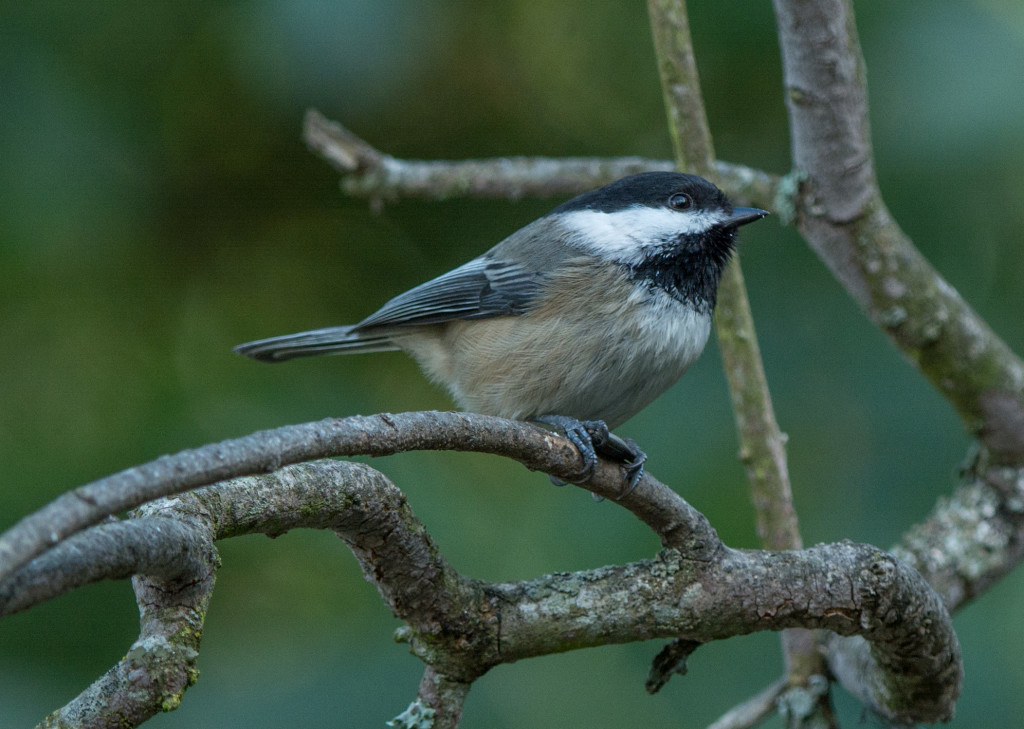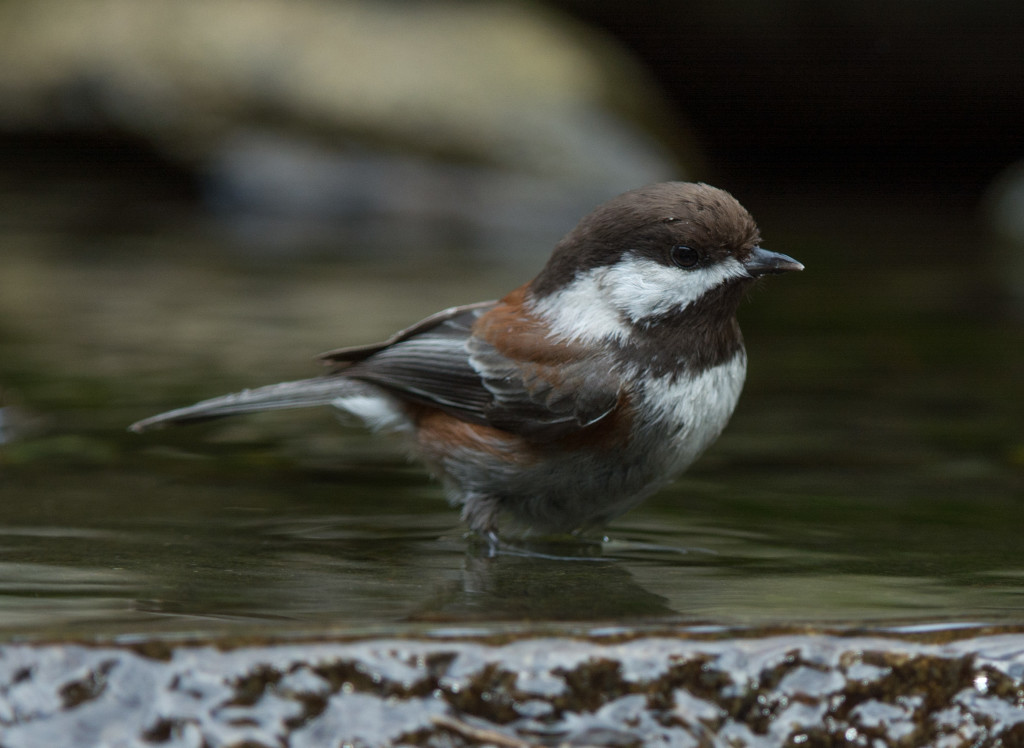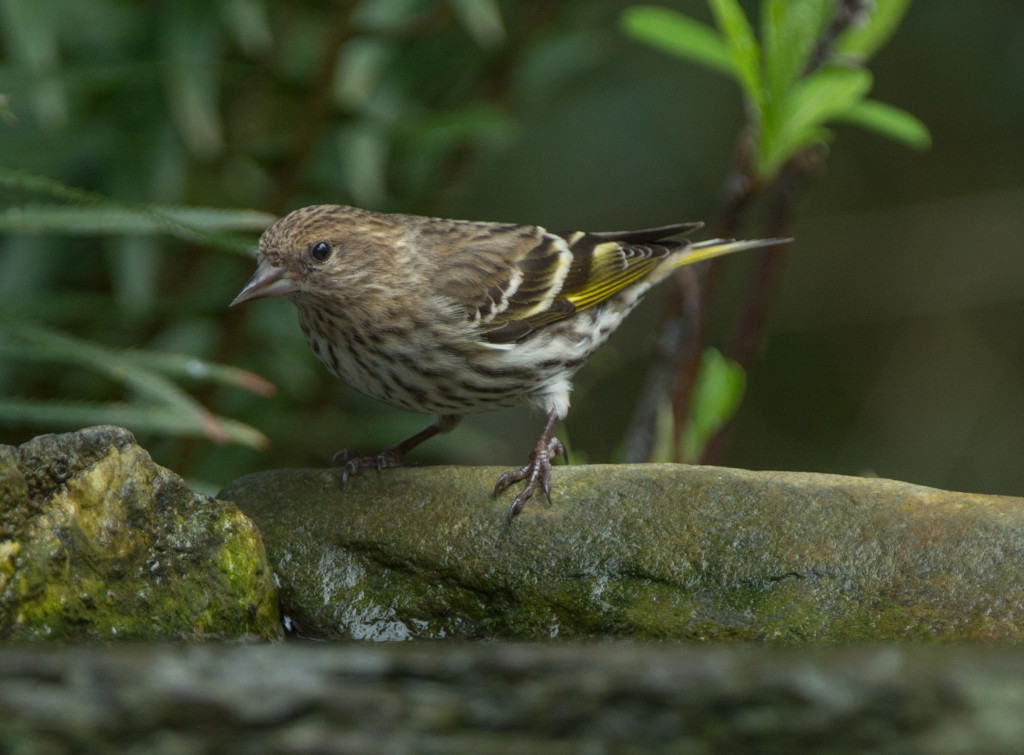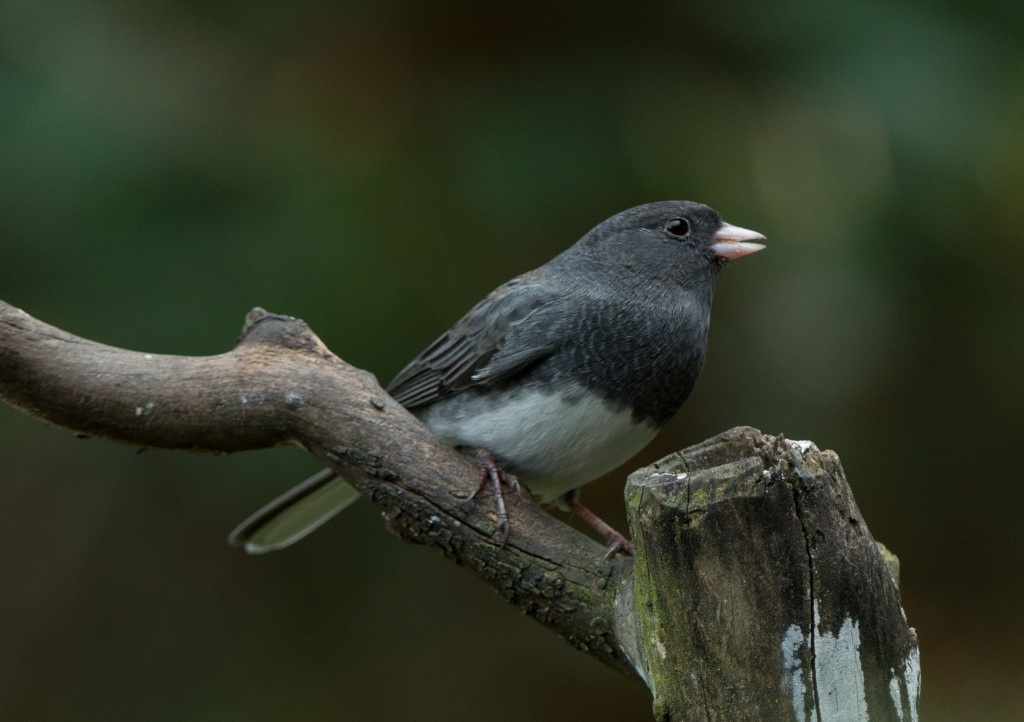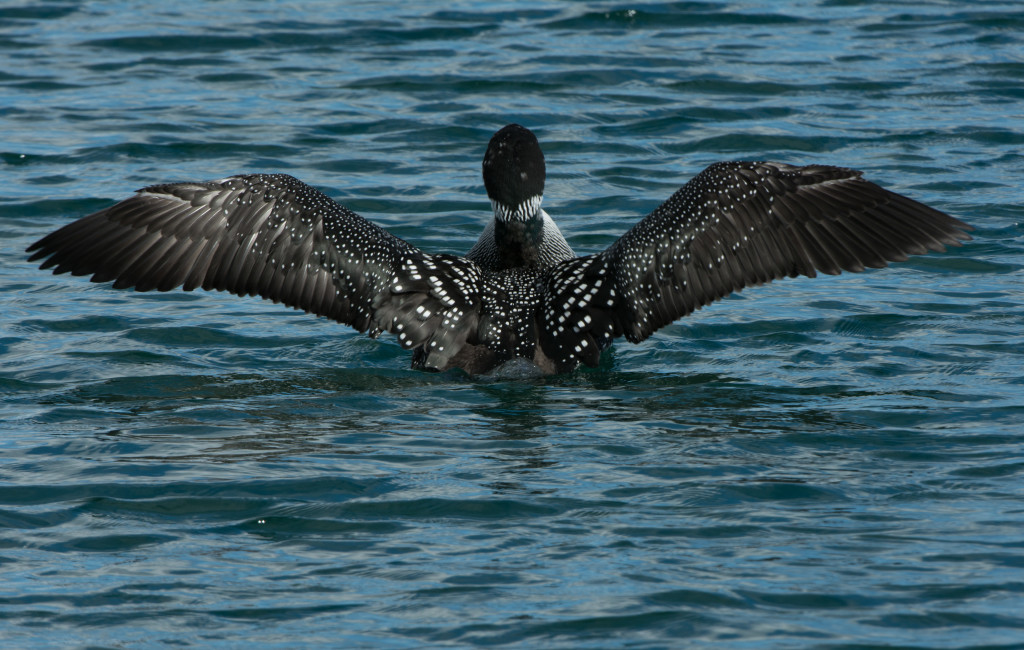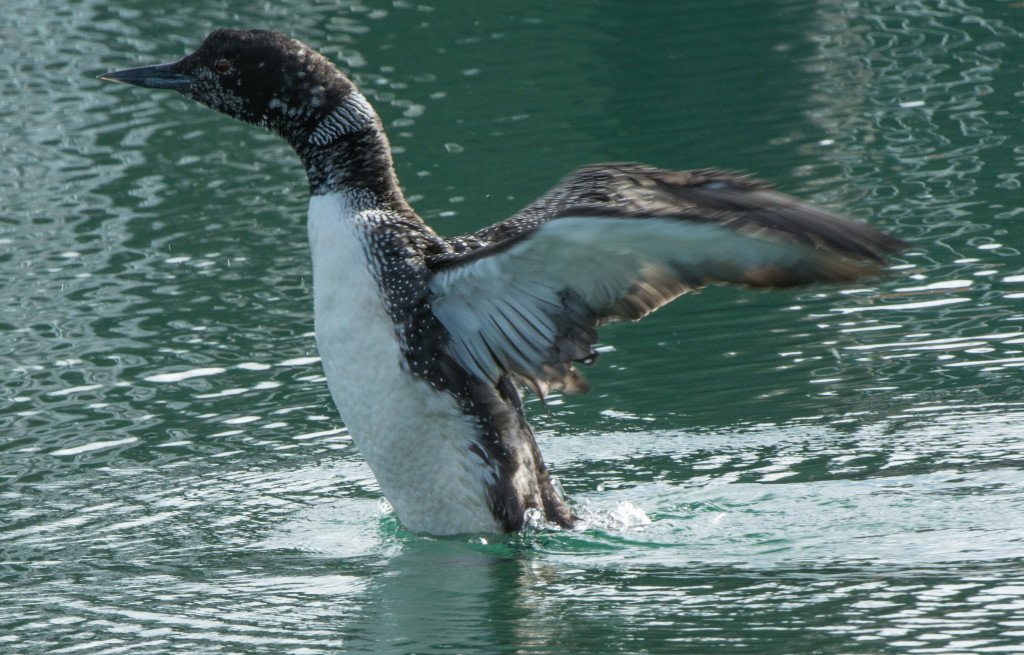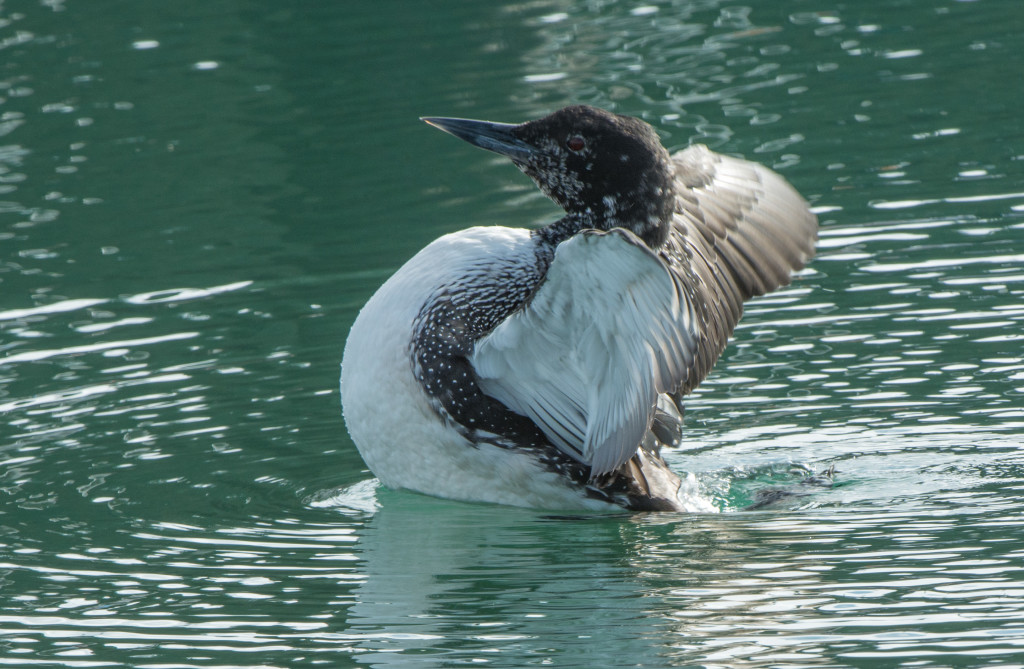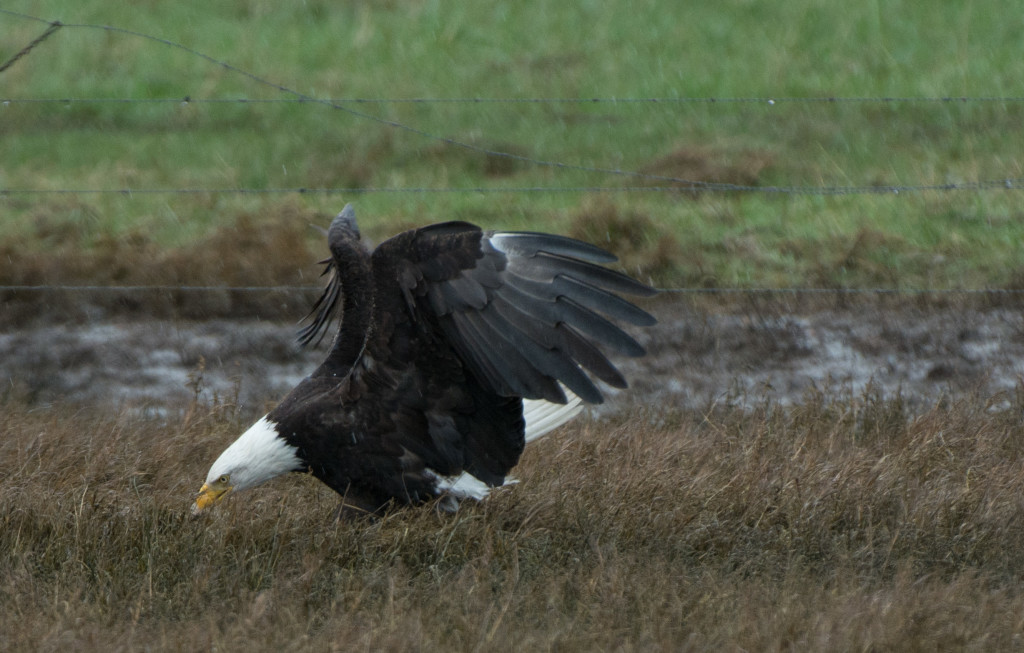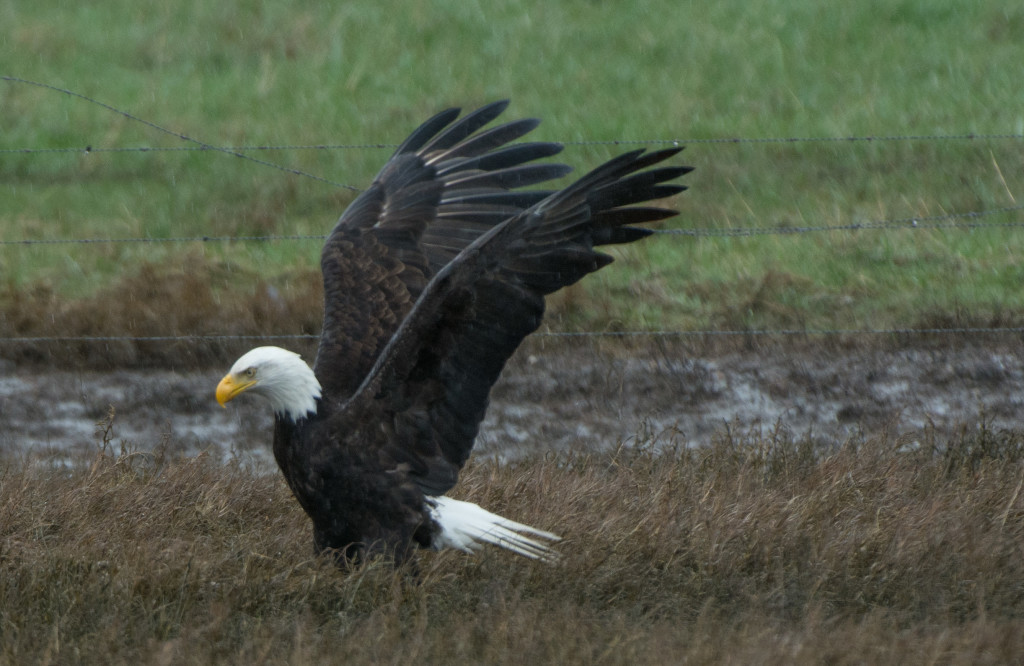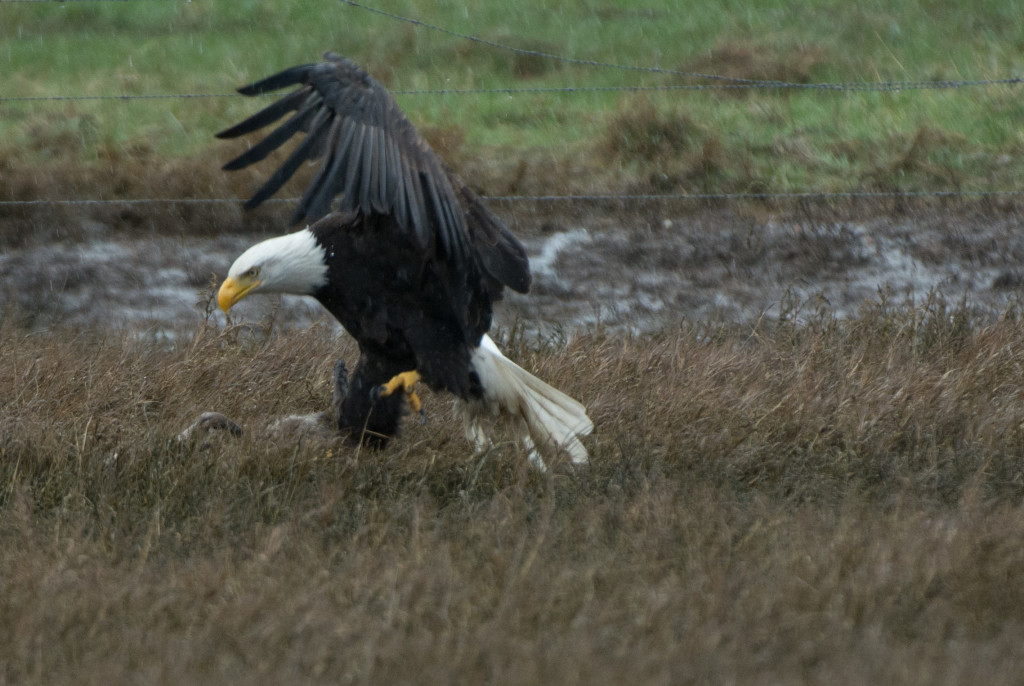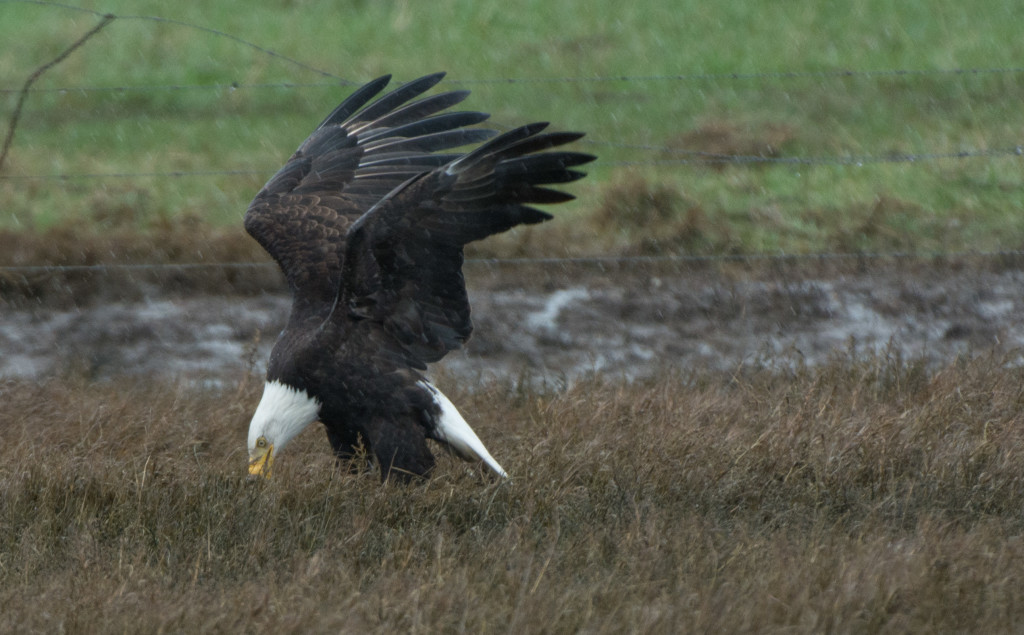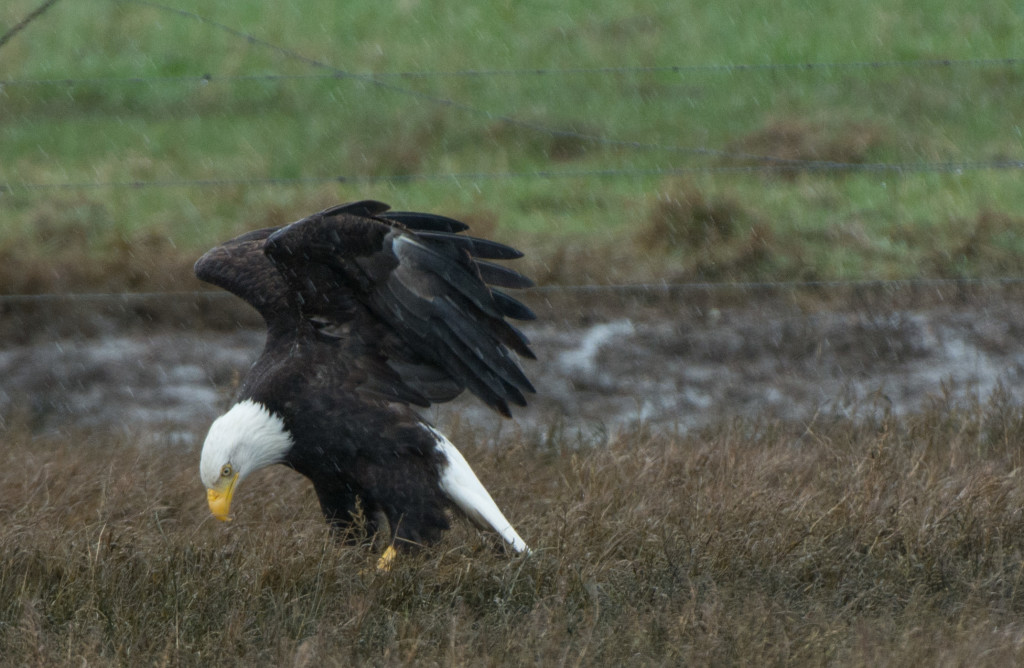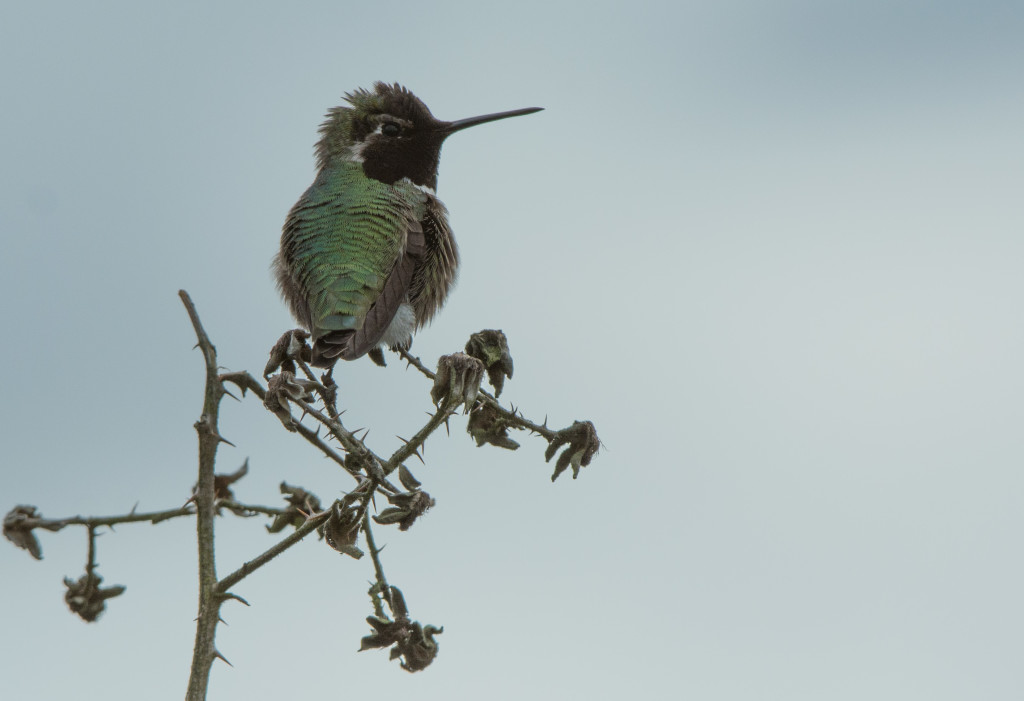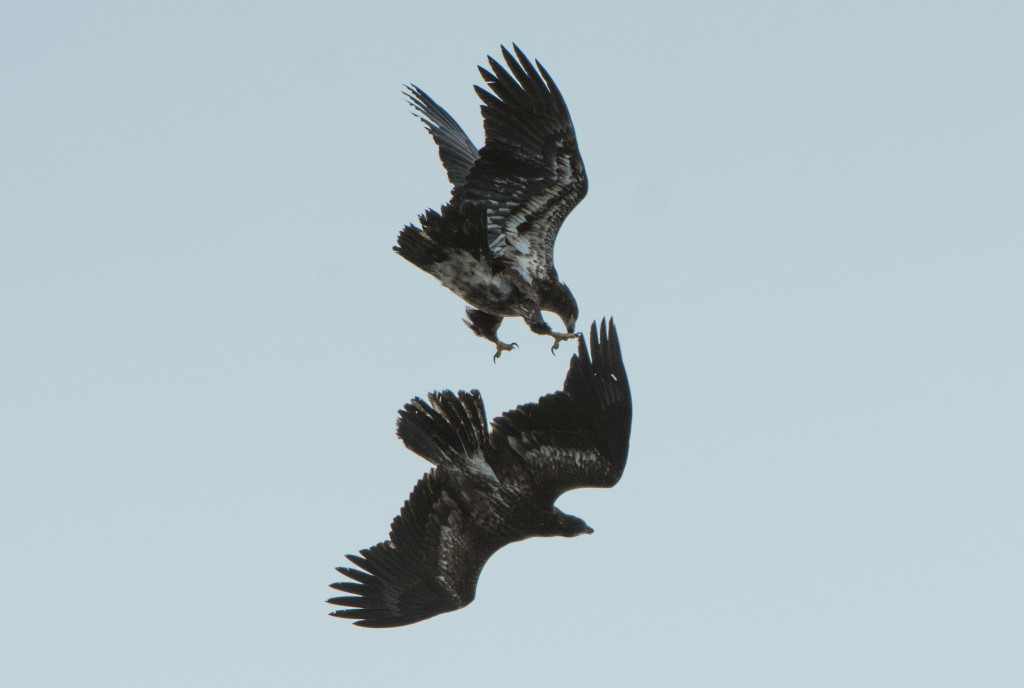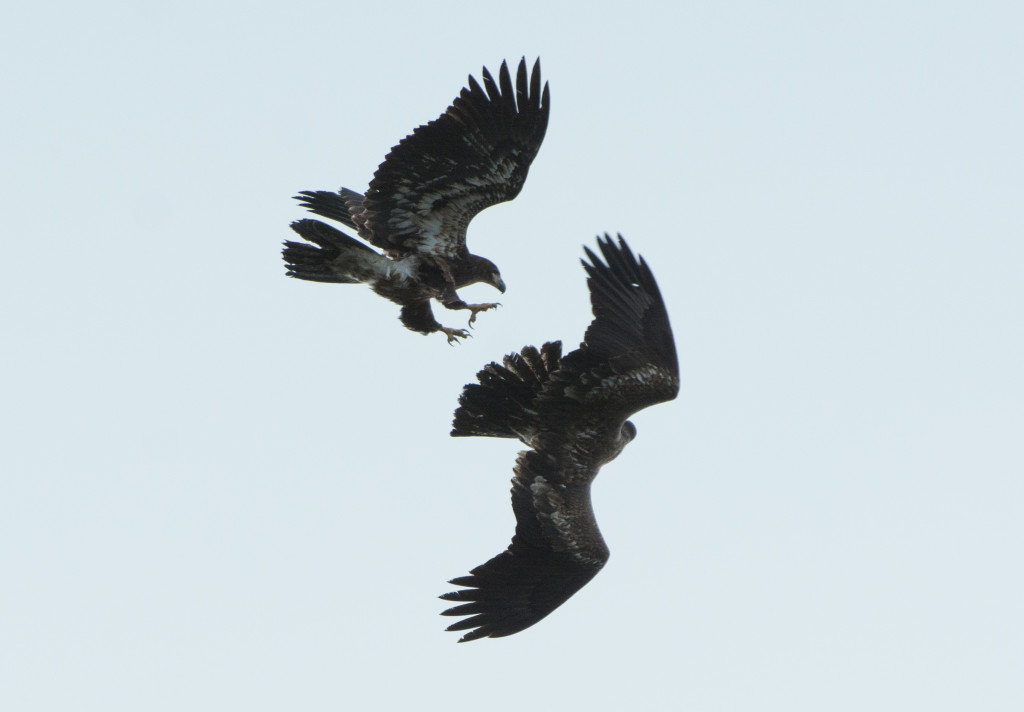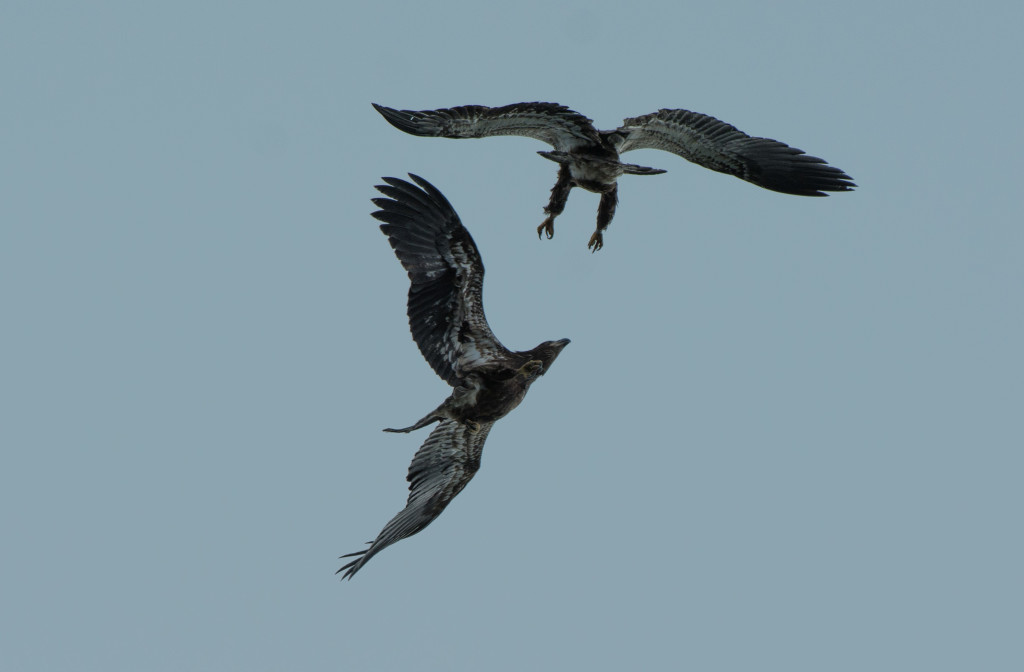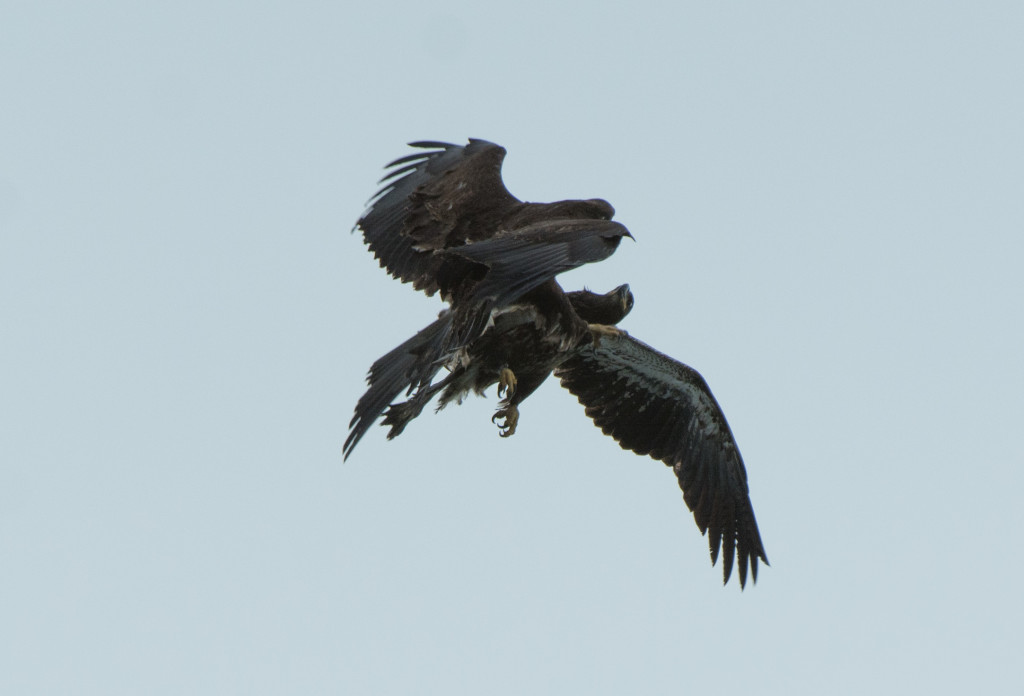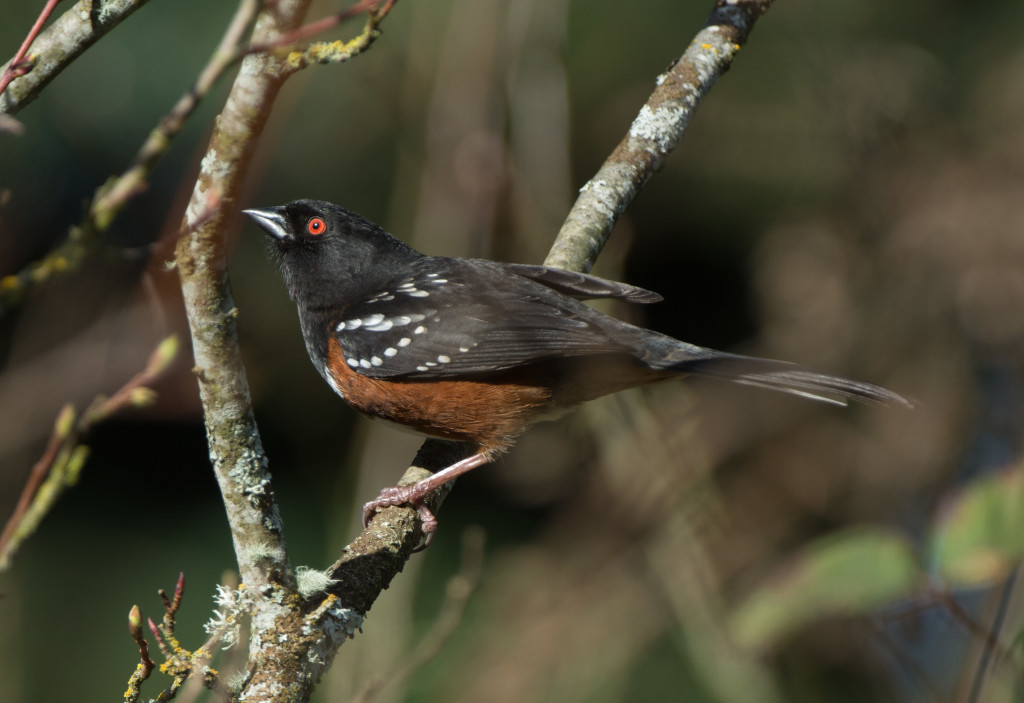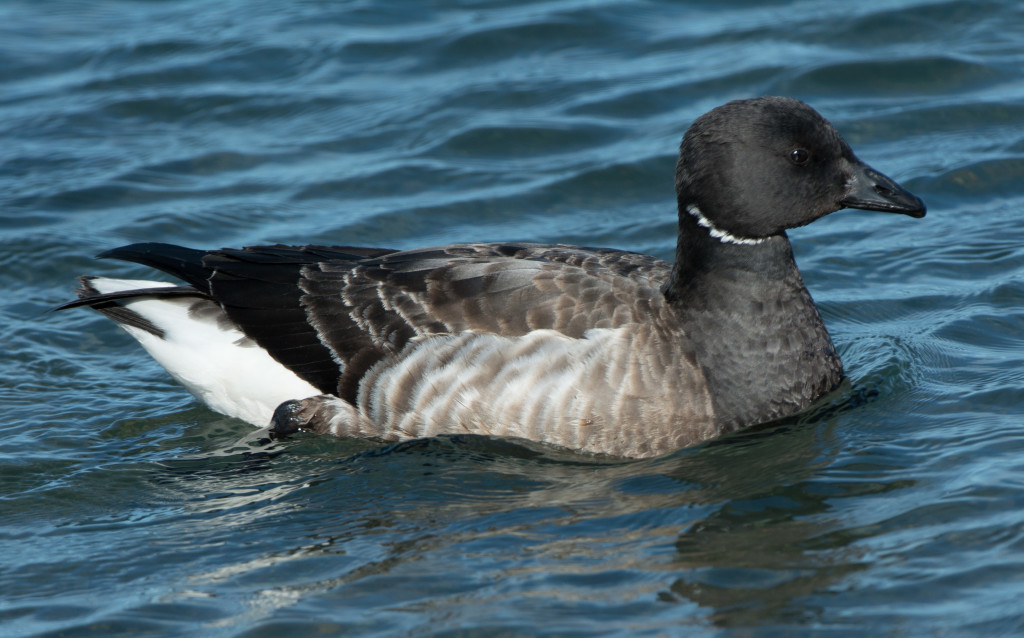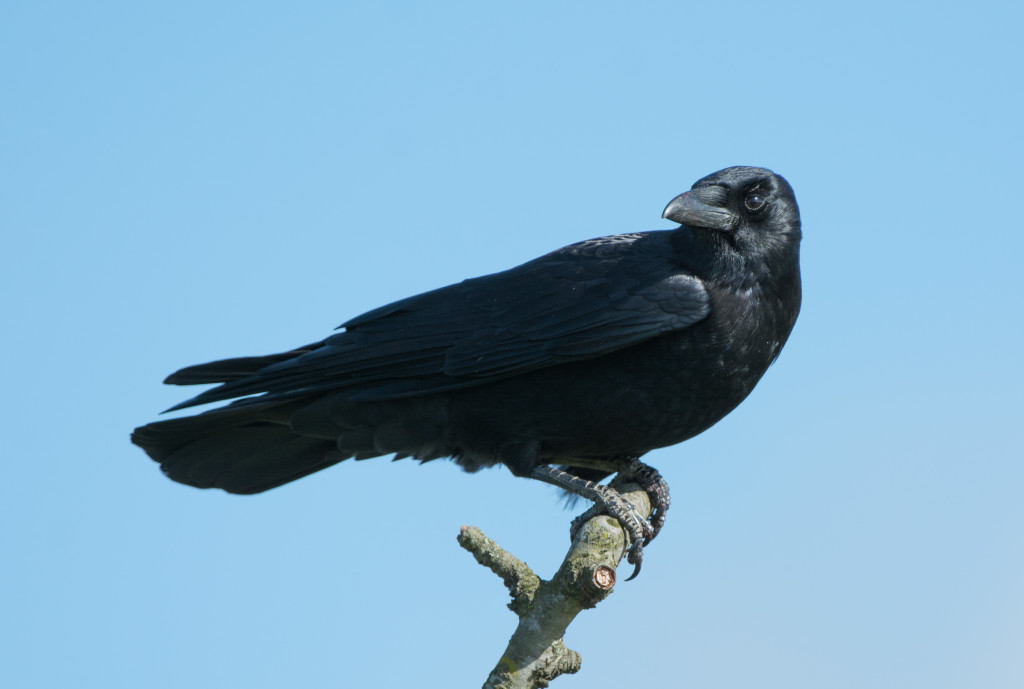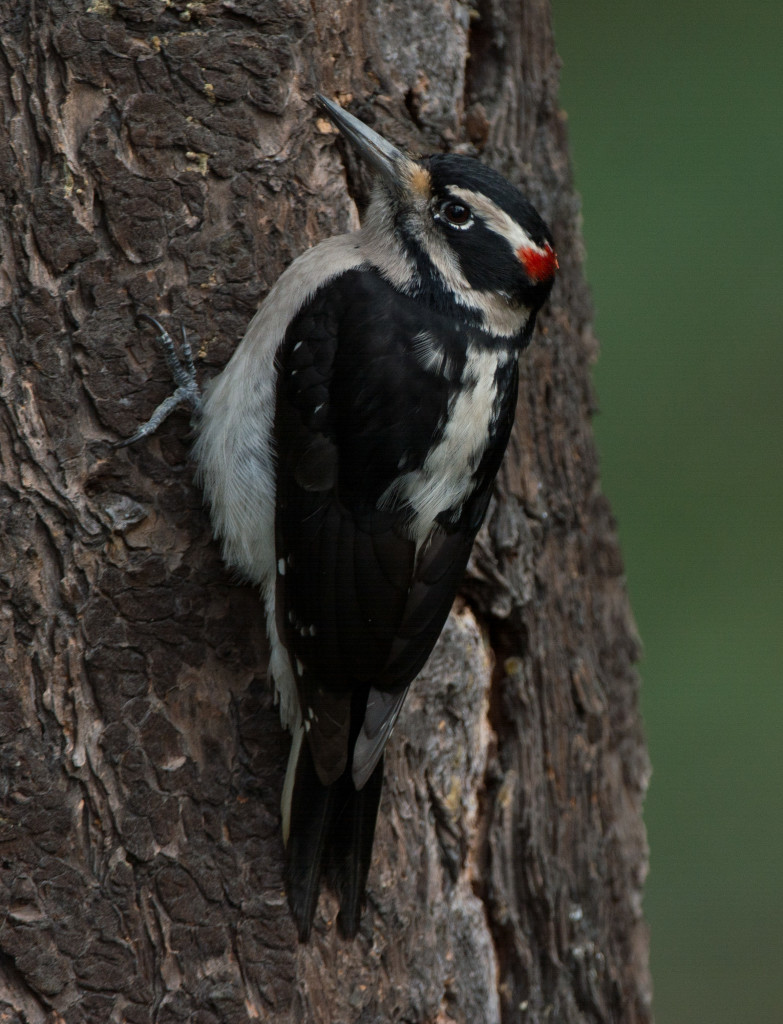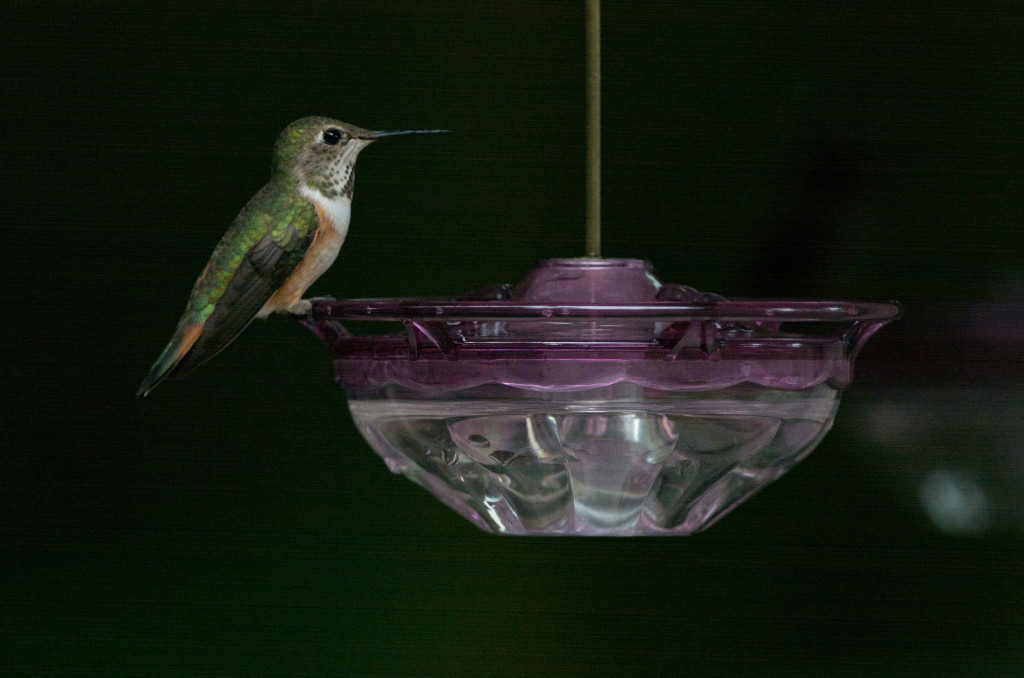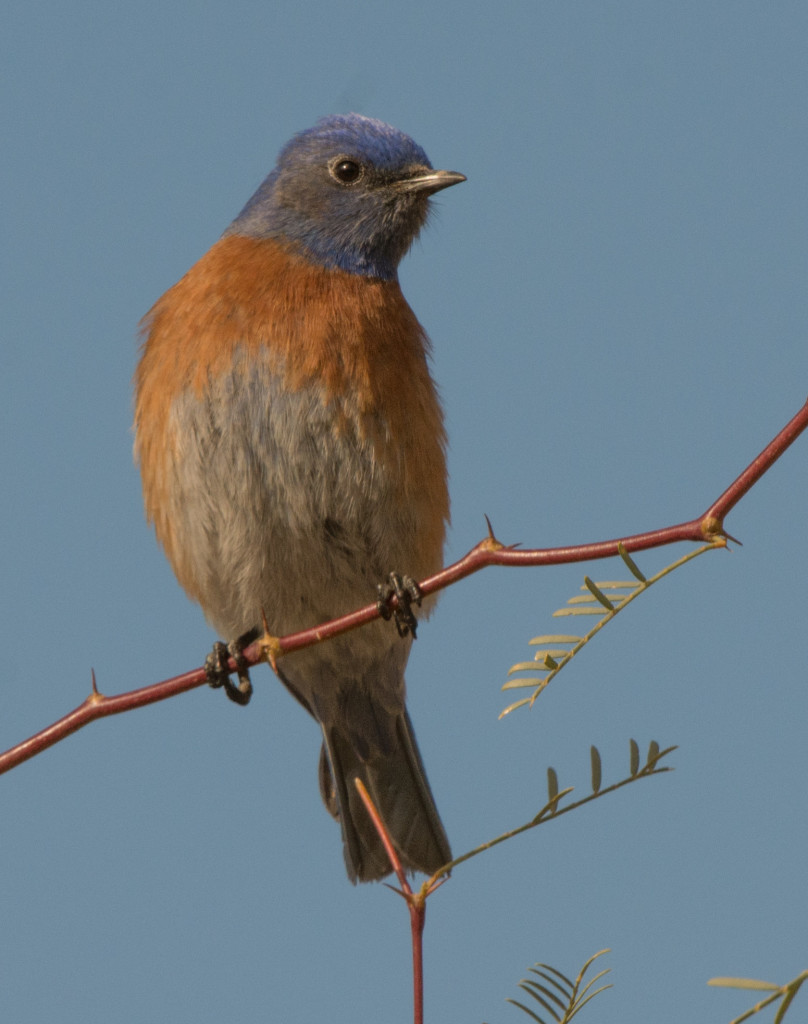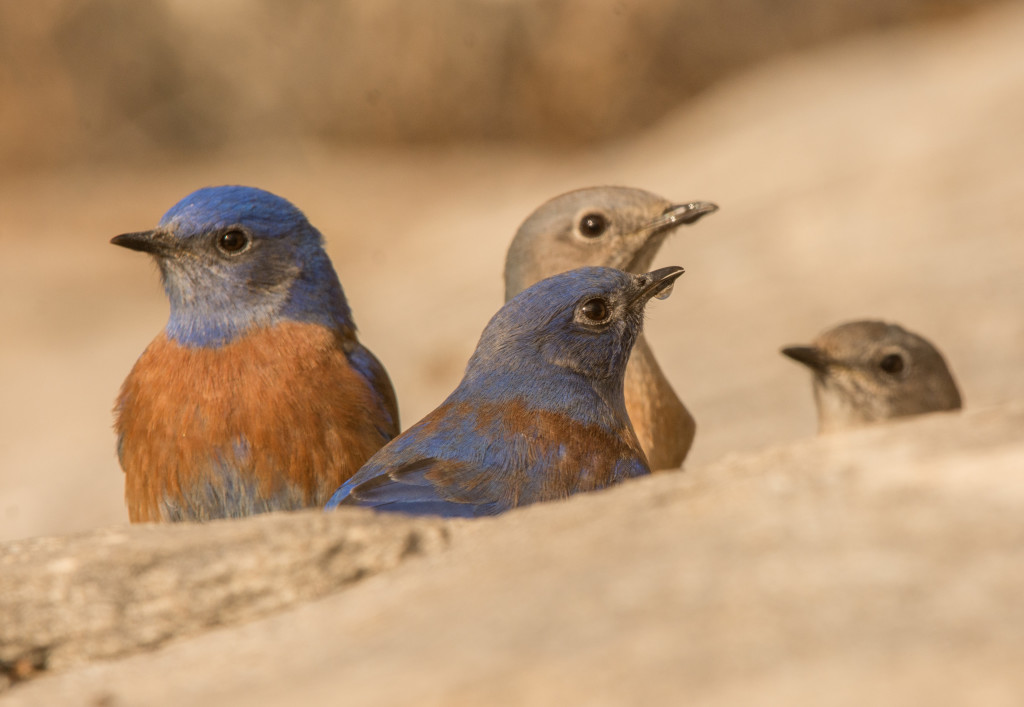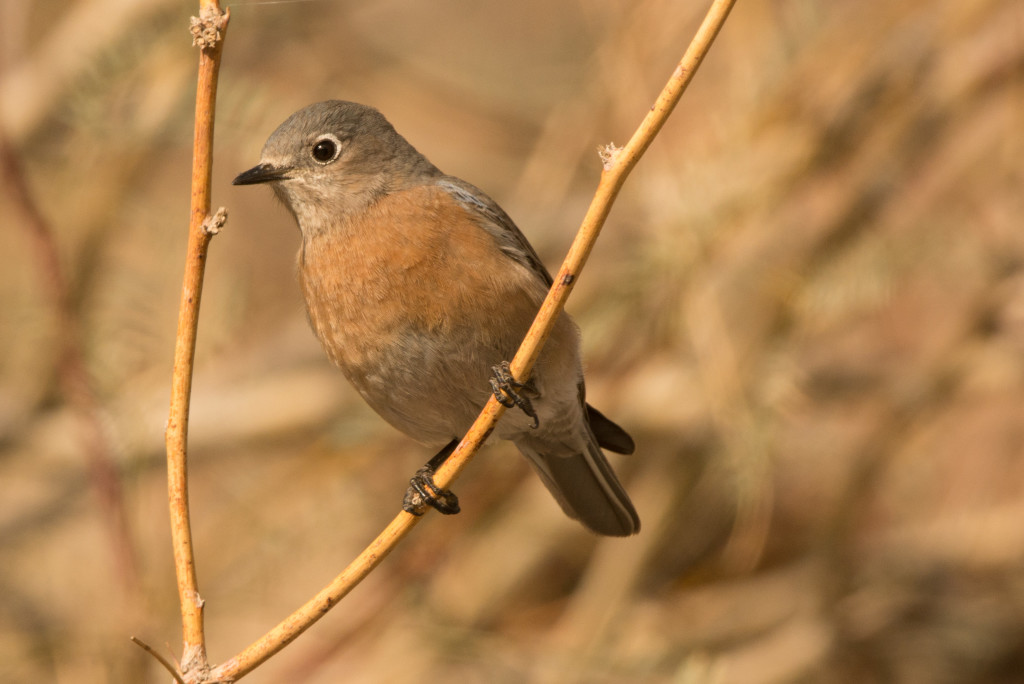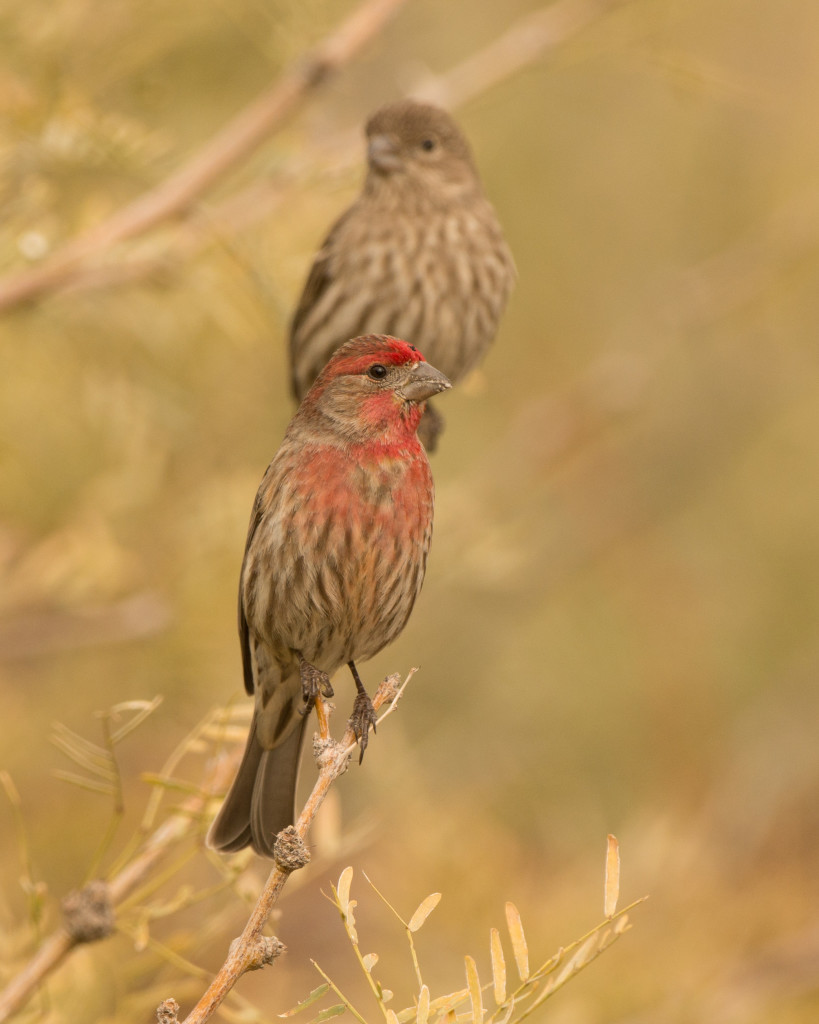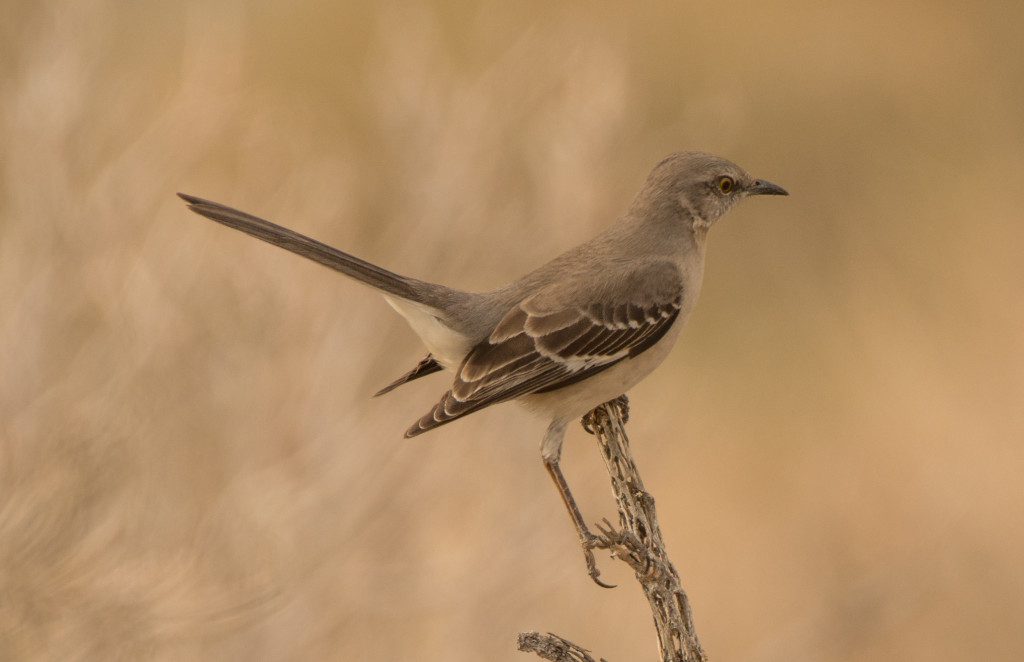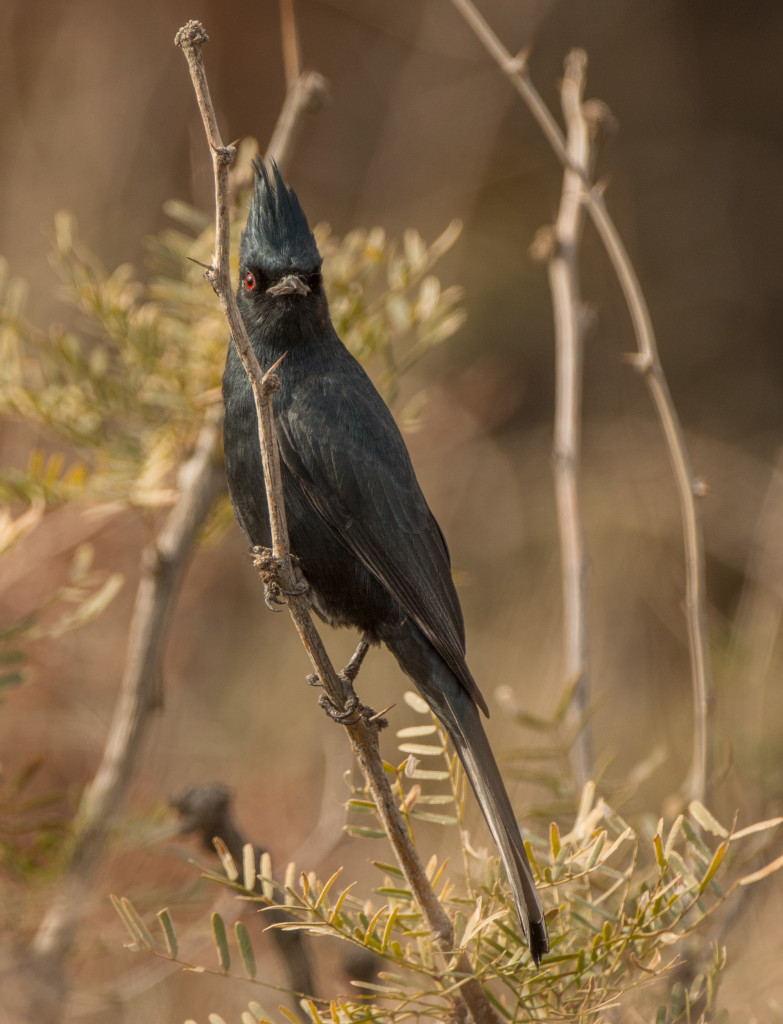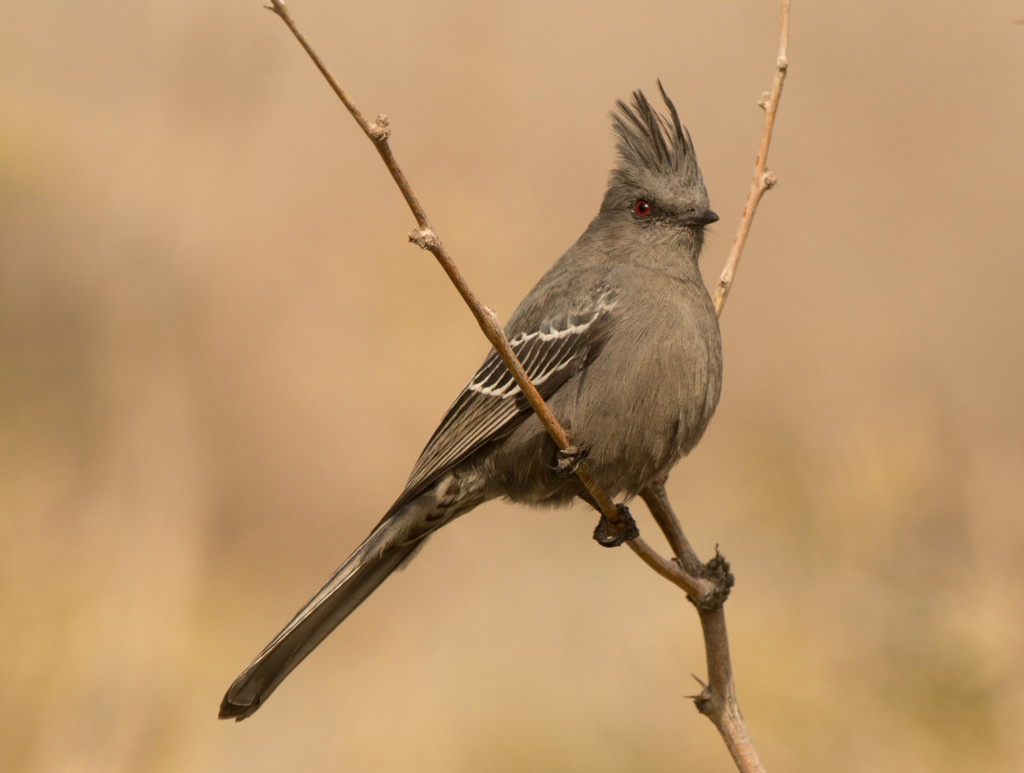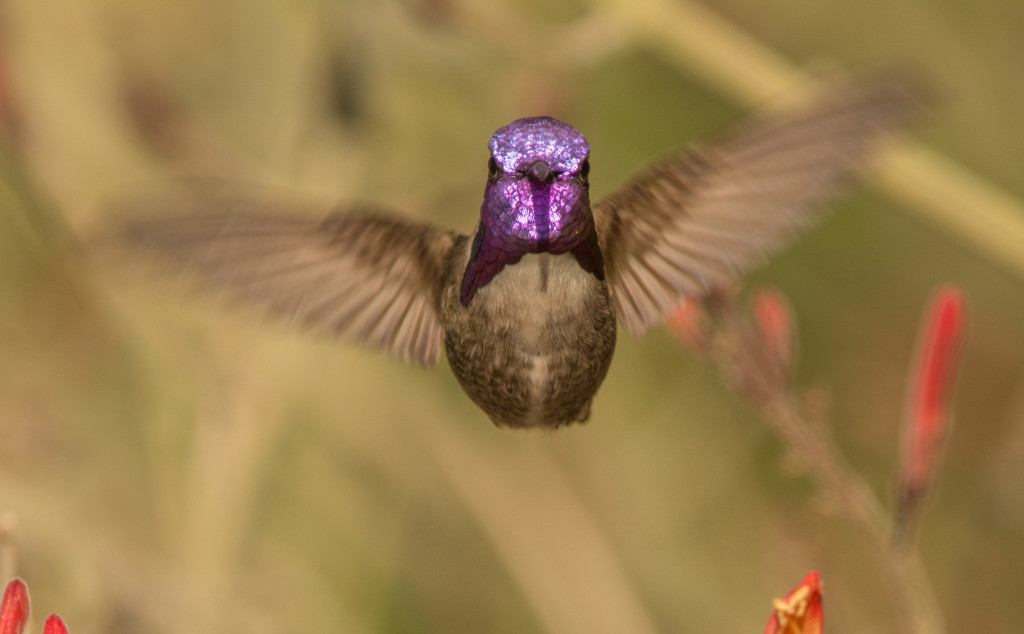Ever since moving to Anacortes in 2001 I have wanted a quality photo of a loon in full breeding plumage. Just about every year I have been here I have stalked loons down at the Cap Sante Marina, but although I’ve taken many photos of loons over the years I’ve never gotten one in full breeding plumage. It seems that every year the loons leave the area just before coming into their breeding plumage… which leaves me more than a little frustrated!
This year, today (3/19/2016), I finally achieved my goal This Common loon didn’t make things easy. When I first spotted it, it was preening which provides the opportunity to photograph the bird in the poses I posted in my blog about a week ago. I retrieved my camera and returned to the marina, but by this time the bird had quit preening and switched to “diving for food” mode. It was now playing “cat and mouse” and kept disappearing on the other side of the various docks. It could stay under water about a minute, swim a hundred feet or so and necessitate my walking several hundred yards for another photographic opportunity. I played its game for awhile, but as fortune would have it, it suddenly surfaced very near me unexpectedly and I managed to take two quick photos before it resumed its underwater hunting. So now I have my photo(s)!

